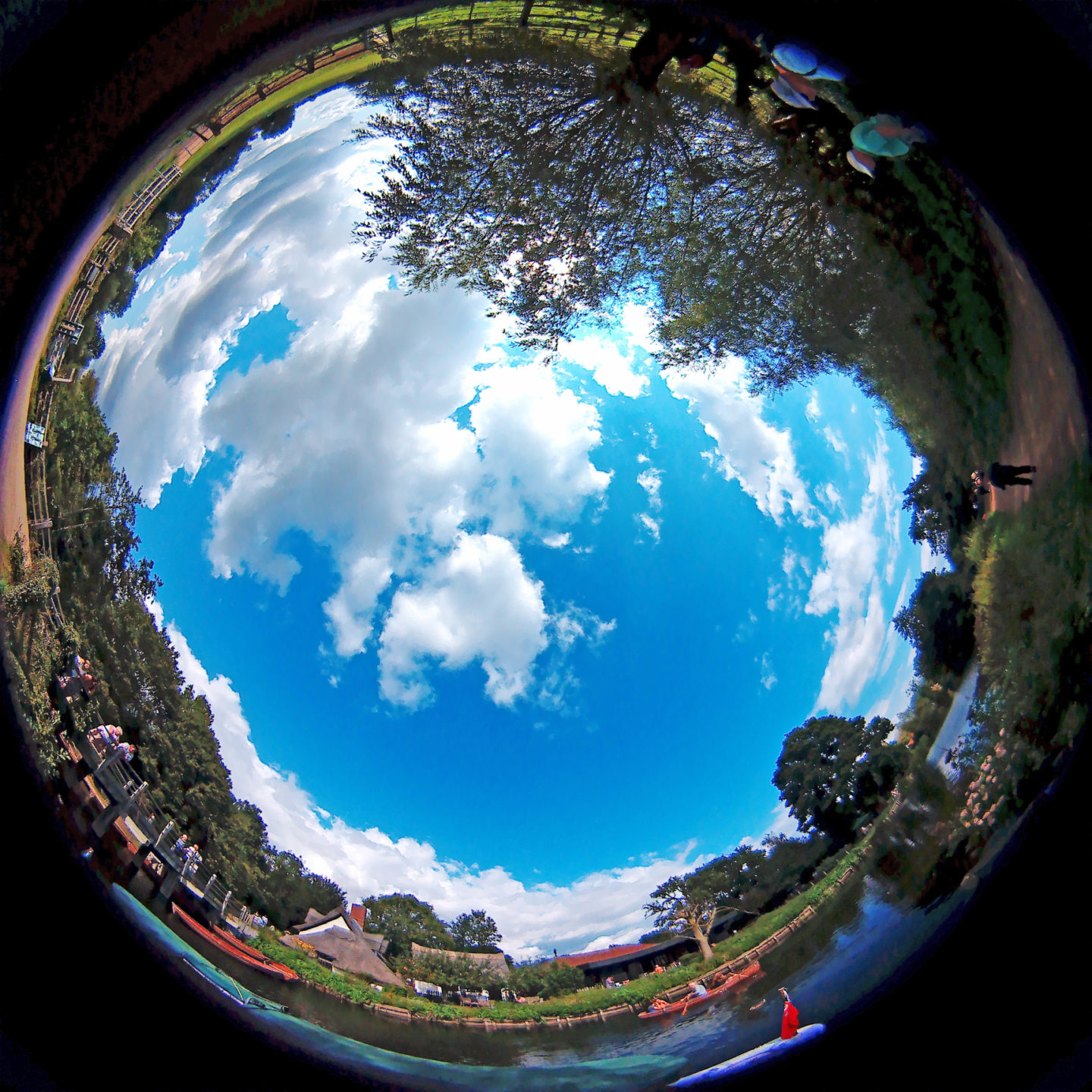In relation to being customer-led, it is helpful to recognise two particular belief systems.
Most companies have inside-out beliefs. Executives making decisions are separated by layers of people and process from their customers. They are surrounded by financial reports, quarterly targets and a sense that their company matters a great deal. But of course, to their customers it might not.
Customer-led beliefs work outside-in. The business understands the problems their customers really want to solve or the outcomes they want, and they can see this is bigger than the products or services they buy today. By finding new and better ways to solve these customer problems or achieve these outcomes, by innovating, customers get continually growing value.
If you start off inside-out then the biggest barrier to becoming outside-in is the perceived risk. Customer-led initiatives have some difficult qualities – they tend to be clearly good for customers but much less clearly good for the business, at least in the short term. Think about reducing queues for example – better for customers, costly for the business, but not clear whether customers will spend more as a result.
Because of this, inside-out companies prefer the status quo to taking steps to become customer-led.
But it can be done. There are four stages in to moving from an inside-out belief system to one that is outside-in.
- The company must experience burningness. Burningness is what makes the status quo untenable. The pain (going wrong now), fear (going to go wrong soon) or ambition (fine now but a powerful motivation to get somewhere significant) you have cannot be dealt with through the current model – in fact it feels like it is on fire. It flips the risk – now the status quo is the worst possible option and only something really different can put the fire out.
- There follow a succession of Moments of Belief, a specific outside-in initiative that is implemented and that works, not just for customers but for the business too. This tangible proof that something contrary to people’s original beliefs can work well starts to grow confidence that there may be another way. After one initiative works people try another, and then a third, and eventually a pattern emerges – belief grows that every time the business makes things better for customers, the business goes on to do better as well. People start to get promoted, not frowned at, for taking such steps.
- Once the outside-in belief system is established a business looks to make it easier to see and act on customers’ needs, and to find more insightful ways of identifying them. They introduce systematic approaches, often centred on data and used across the organization.
- Eventually the beliefs become deeply rooted and the business feels purposeful. The organization exists to serve customers first, with financial performance the fuel for this not the ultimate goal.
If you want to learn more about what we learned about how to be customer-led, dive deeper with our book the Customer Copernicus.





